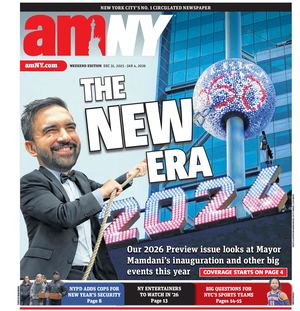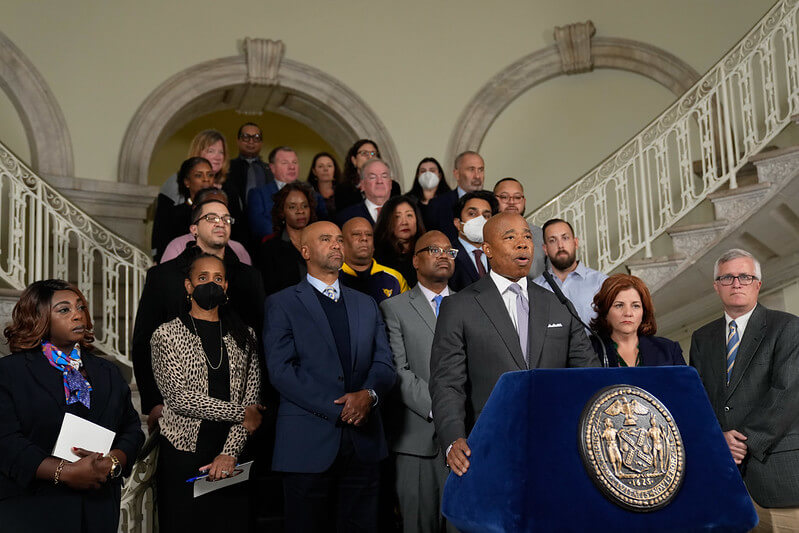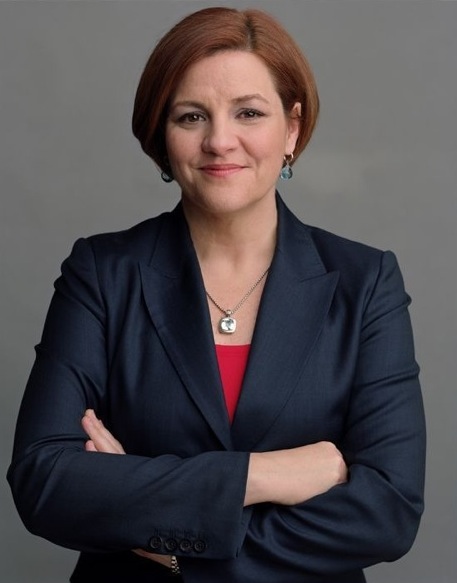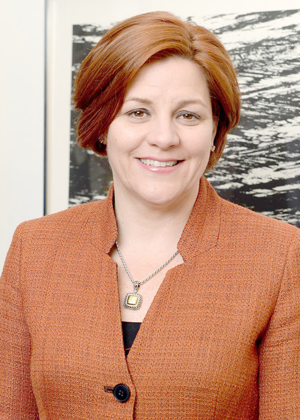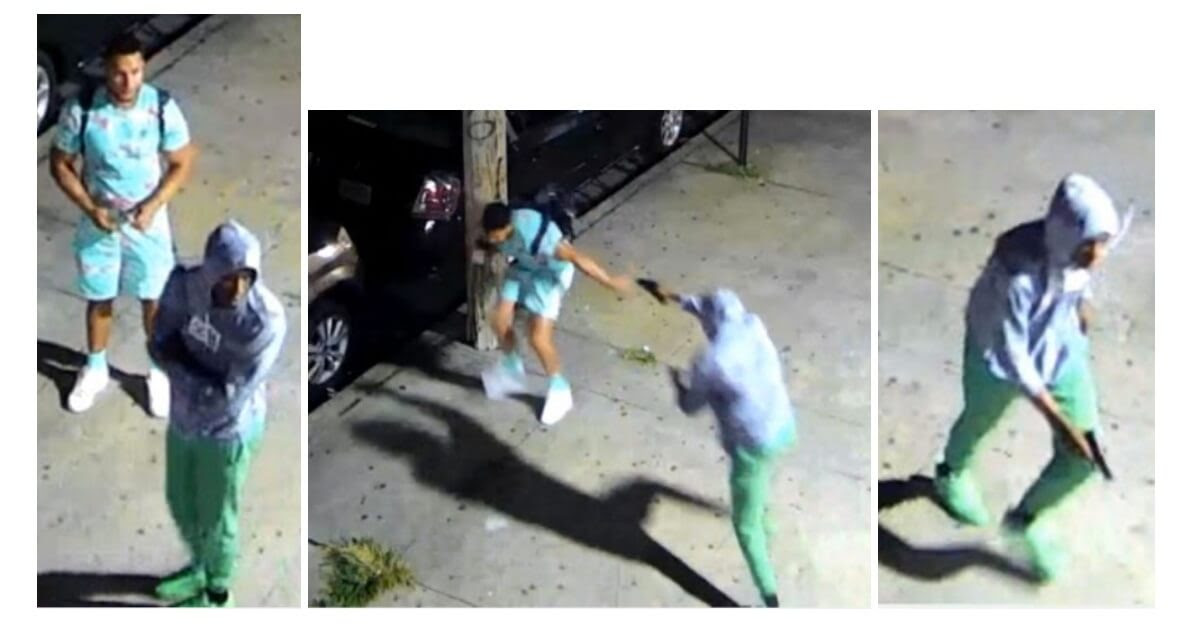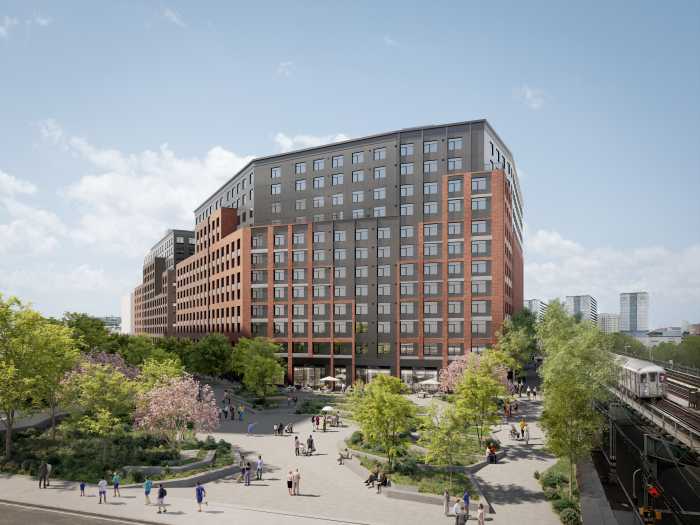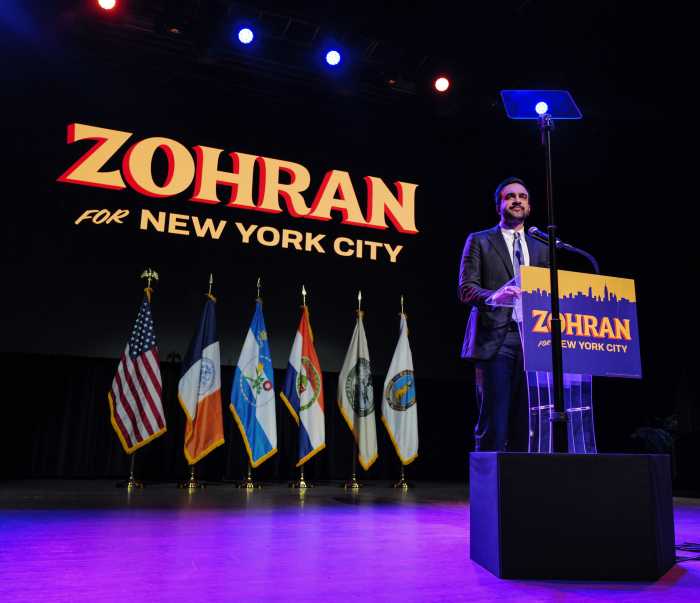Amid the city’s ongoing homelessness crisis, exacerbated by some 24,600 migrants who’ve come here since May, Mayor Eric Adams’ administration announced Monday it’s taking several actions aimed at getting more homeless New Yorkers into permanent housing.
The actions include making the City Family Homelessness and Eviction Prevention Supplement (CityFHEPS) voucher program more accessible and easier to use as well as a new pilot program – dubbed “Street to Housing” – that intends to place up to 80 homeless adults living on the street into permanent housing. The city will also be opening up its housing mobility programs, which seeks to expand the neighborhoods those with federal housing vouchers can rent in, to be available to many more families.
“We’re starting with a major new effort to fast track New Yorkers in need, to permanent housing, including those who are currently on the streets or are living in shelters,” Adams said.
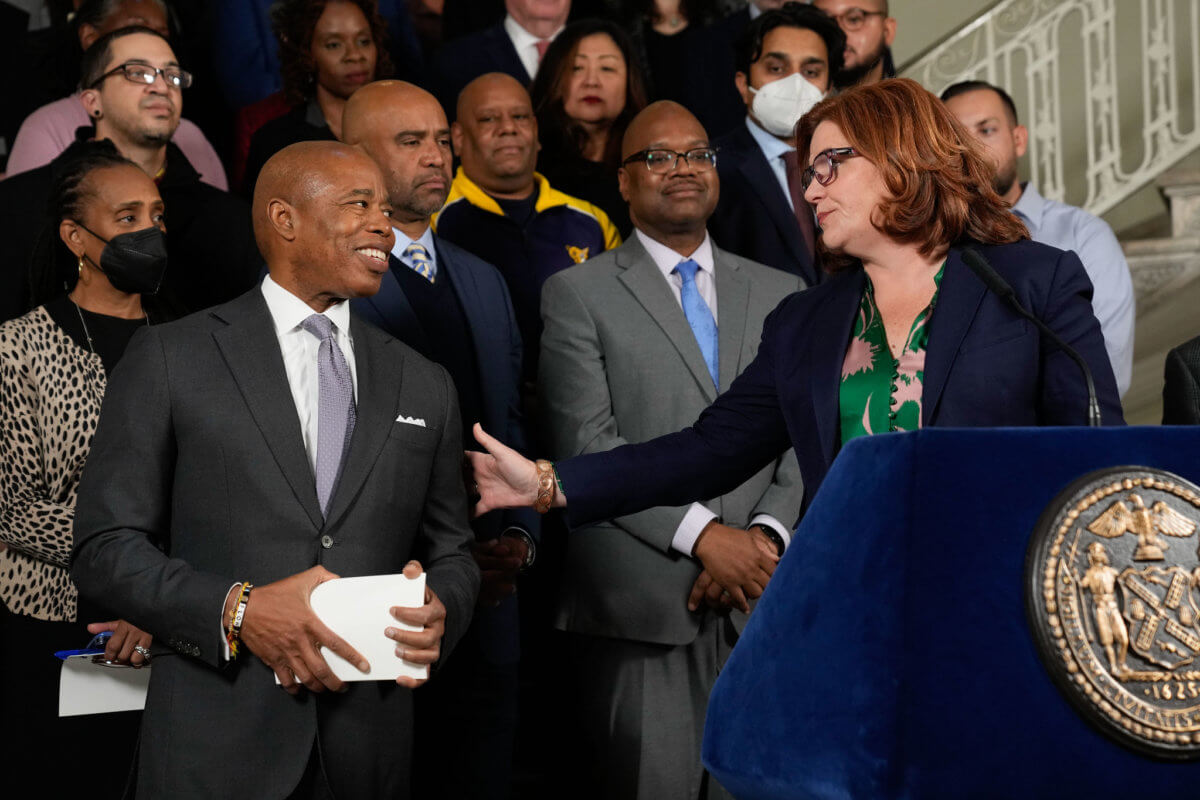
Accompanying the mayor were his Chief Housing Officer Jessica Katz, state Senator Brian Kavanagh (D-Manhattan, Brooklyn) – chair of the upper chamber’s housing committee, city Department of Social Services (DSS) Commissioner Gary Jenkins and former City Council Speaker Christine Quinn – now the president and CEO of homelessness nonprofit WIN.
While New York City is the only municipality in the country that offers its own rental assistance vouchers, Adams said, many people still find the CityFHEPS program difficult to access and navigate.
“When you look at it, you speak to people who are reaching out for rental assistance, they’re just saying it’s too darn hard,” Adams said. “And we need to make sure that we are inclusive of allowing everyone to participate in the rental assistance program. So, today we are changing that and getting stuff done. For those who need the help we are changing the CityFHEPS rental assistance program so that we can give vouchers to more families and make them easier to use.”
Kavanagh echoed the idea that the city and state’s housing vouchers aren’t easily accessible to many homeless individuals and families.
“We know that many of these programs are not sufficiently flexible,” he said. “They are bound by too many restrictions that prevent homeless individuals and families from using them and actually getting into permanent housing. We know that in some cases, getting a voucher has been kind of a false promise to people who are homeless because they have been difficult to use.”
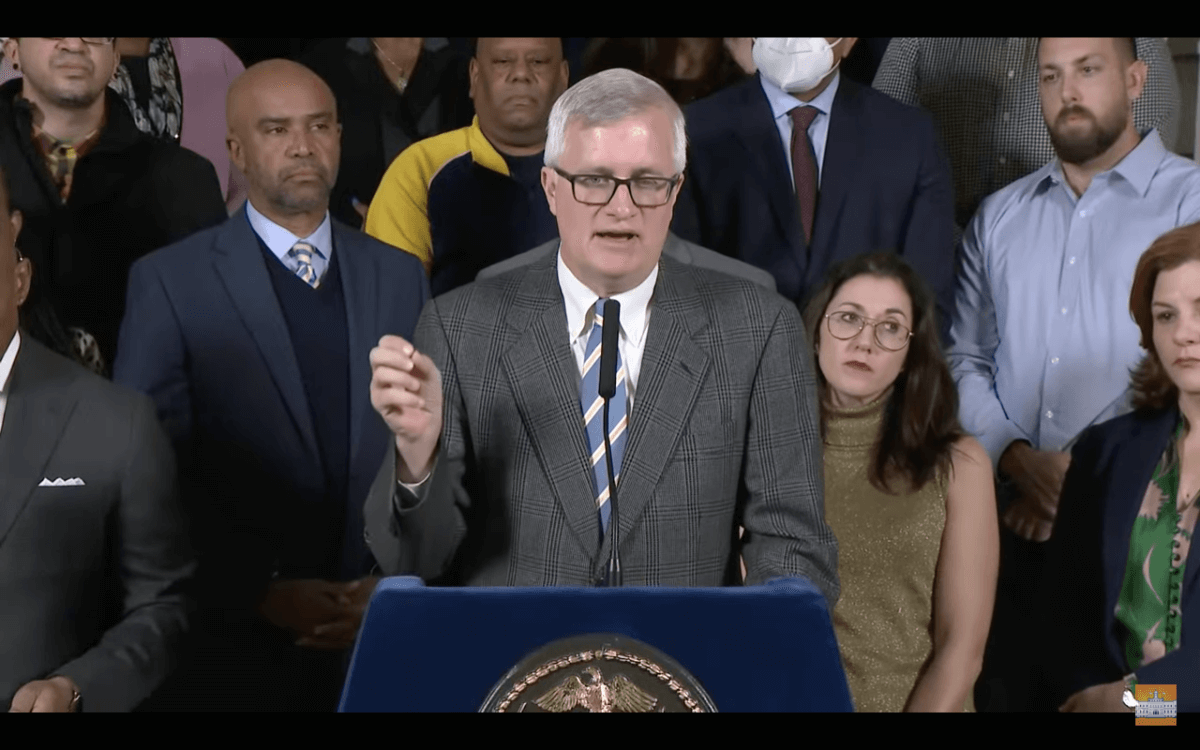
The reforms to CityFHEPS Adams announced include reducing the number of hours families have to work to become eligible for the vouchers from 30 to 14 hours a week; lowering the monthly contribution for voucher holders seeking to move into single-room occupancy units from 30% of their income to $50; and making the vouchers available to single adults working full time on minimum wage even if their income exceeds 200% of the federal poverty line.
“A person making minimum wage are told they make too much money for CityFHEPS,” the mayor said. “Minimum wage, but they’re saying you make too much money. That just doesn’t add up. And what it does add up to is a crisis, a housing crisis, and when changing that.”
The city will also be covering application fees for those living in city Department of Homeless Services (DHS) shelters.
The Street to Housing pilot program will move 80 homeless individuals living outside the city shelter system – on the streets – into permanent housing units. Once they’re placed in apartments, the mayor said, those individuals will receive support services from the housing not-for-profit Volunteers of America Greater New York (VOA-GNY). Those services include getting rental assistance, accessing Supplemental Nutrition Assistance Program (SNAP) benefits and mental health support.
In response to a reporter’s question on how those 80 individuals will be selected for the pilot, Jenkins said it will be the first 80 people who show interest.
“When a person is identified on the subway or on the street, we bring them to one of our welcome centers in DHS,” Jenkins said. “They’re going to spend some time there, like a week. We’re going to do a survey and we’re going to address those individuals and see what their specific needs are. If they elect to go to one of the vacant supportive housing units, then we’re going to work with them.”

While City Council Speaker Adrienne Adams and Deputy Speaker Diana Ayala applauded the mayor’s actions, in a statement, they also stressed the importance of lifting the requirement that homeless individuals stay in a shelter for 90 days in order to be eligible for CityFHEPS.
“In addition to these important policy changes, the need to remove the 90-day in-shelter requirement to obtain CityFHEPS rental vouchers remains and must be confronted. As a city, we must focus on all necessary actions to help people secure the safe and stable housing they need.”
When asked about the 90-day requirement by a reporter Monday, the mayor wasn’t clear on what would happen to the rule but indicated his Budget Director Jacques Jiha – who helms the Mayor’s Office of Management and Budget (OMB) – is looking into it.
“OMB does an analysis of these decisions and I have a lot of respect for Jacques who is there and he will assist us,” Adams said. “We looked at what we could do right now. Low-hanging fruit, fruits in the middle of the tree and the fruits at the top of the tree. Right now, these were low-hanging fruit that came from advocates and those who are experiencing homelessness.”
